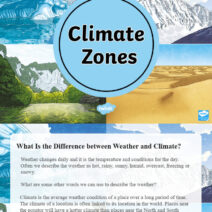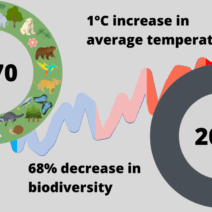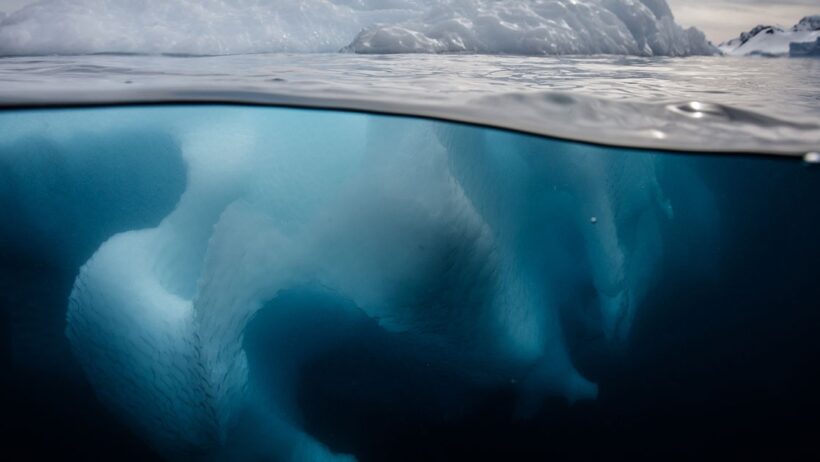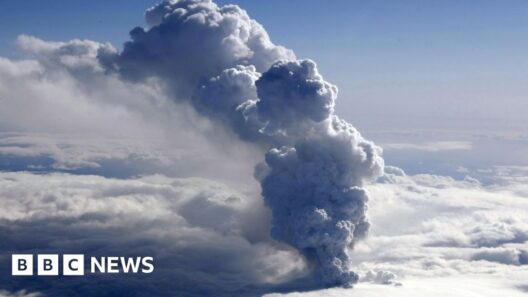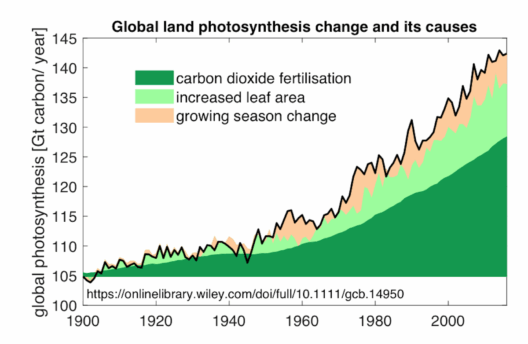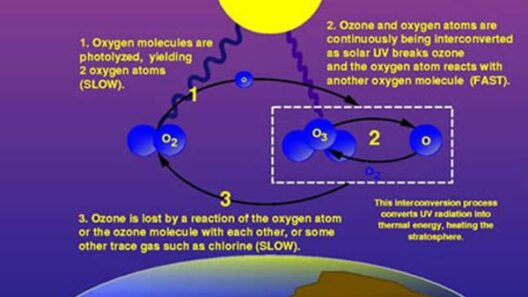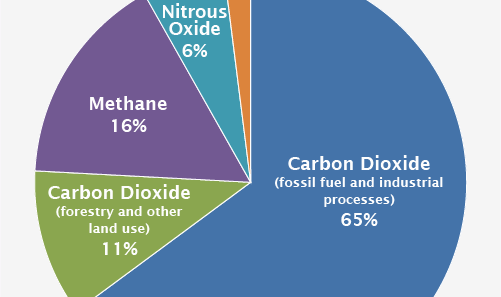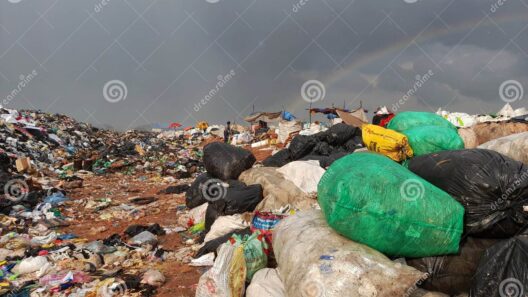As the planet fervently changes and weather patterns upon the polar ice caps grow increasingly erratic, one must ponder: How can we halt the intricate dance of global warming affecting the Arctic and Antarctica? Protecting Earth’s ice caps seems daunting, yet potential strategies abound, ranging from international diplomacy to grassroots activism and technological innovation. This exploration aims to examine the multifaceted approaches essential for addressing the existential threat of climate change to these crucial regions.
The Arctic and Antarctic regions comprise critical ecosystems that not only support unique wildlife but also help regulate the Earth’s climate. These icy realms act as a vital reflective barrier, maintaining global temperatures. As temperatures rise, glaciers melt, sea levels elevate, and the intricate balance of marine life is disrupted. The question demands a multifaceted response as we confront the extraordinary challenge of safeguarding these ice-capped territories.
Understanding the Science: To effectively combat global warming, it’s paramount to grasp the underlying scientific principles driving climate change. Greenhouse gas emissions, primarily from burning fossil fuels, trap heat in the atmosphere. The increase in average global temperatures leads to more pronounced effects in polar regions due to their sensitive nature. Melting ice inhibits the albedo effect, which exacerbates warming. This vicious cycle means that as the ice caps melt, they absorb more heat, leading to further ice loss.
Mitigating Greenhouse Gas Emissions: A primary method for combating global warming is the reduction of greenhouse gas emissions. This can be accomplished through various avenues:
- Transitioning to Renewable Energy: Harnessing wind, solar, and hydroelectric power forms the cornerstone of a sustainable energy future. Redirecting investments from fossil fuel development toward renewable sources curtails emissions.
- Enhancing Energy Efficiency: Upgrading buildings, improving industrial processes, and developing energy-efficient appliances reduce overall energy consumption. These measures not only diminish emissions but also promote economic savings.
- Instituting Carbon Pricing: Implementing mechanisms such as carbon taxes or cap-and-trade systems can incentivize corporations and individuals to lower their carbon footprints.
International Collaboration: While individual actions are essential, the scope of global warming necessitates collaborative efforts on an international scale. The Paris Agreement serves as a landmark framework, binding nations to limit global temperature rise. The commitment to keeping temperatures well below 2 degrees Celsius is not merely aspirational; it is imperative for preserving the polar ice caps. Encouraging cooperative research, sharing technological innovations, and fostering financial support for developing countries are vital components of this collective undertaking.
Preserving Biodiversity: Protecting the diverse ecosystems within polar regions is indispensable for combating climate change. Biodiversity contributes to ecosystem resilience, allowing habitats to adapt and recover from environmental stresses. Protecting habitats through marine reserves and wildlife conservation laws is essential. This includes robust fisheries management to prevent overfishing, which can destabilize marine food webs.
Innovative Technologies: Technological advancement can provide unique solutions for mitigating climate change effects in the polar regions:
- Geoengineering: Some propose geoengineering techniques to reflect sunlight or extract carbon dioxide from the atmosphere. While promising, these methods require stringent guidelines to prevent unforeseen consequences.
- Aerospace Monitoring: Utilizing satellites and drones for advanced climate monitoring can provide unprecedented data on ice melt, temperature fluctuations, and ecosystem health. This information guides policy decisions and public awareness campaigns.
Grassroots Movements: Individual actions collectively wield substantial power. Grassroots activism creates awareness and can influence policy at local, national, and international levels. Engaging communities in sustainability initiatives, promoting social justice in climate action, and fostering environmental stewardship are crucial steps. Mobilizing youth—the future leaders of tomorrow—ensures a continued emphasis on climate advocacy.
Adopting Sustainable Practices: Shifting lifestyle choices toward sustainability can mitigate climate change. This includes:
- Reducing Waste: Limiting plastic use, composting, and recycling contribute to less pollution and lower emissions from waste management.
- Supporting Local Economies: By prioritizing local and sustainably sourced products, consumers can support low-carbon supply chains.
- Fostering Resilience: Communities must prepare for climate impacts through adaptive infrastructure, which can withstand extreme weather events and rising sea levels.
Advocating for Policy Change: Advocacy is essential for effecting systemic change. Engaging with policymakers, participating in local governance, and raising awareness about climate-related issues can mobilize community action. The call for comprehensive climate legislation—such as investment in public transport systems or support for green technology—needs continuous reinforcement.
In conclusion, combating global warming in the Arctic and Antarctica requires an amalgamation of strategies that encompass technological innovation, international collaboration, sustainable practices, and grassroots activism. The salient realization is that while the task is indeed formidable, collective human effort can, and must, rise to meet the challenges posed by climate change. The preservation of Earth’s ice caps is not merely an environmental goal; it is a necessity for the survival of diverse ecosystems and, ultimately, humanity itself.

